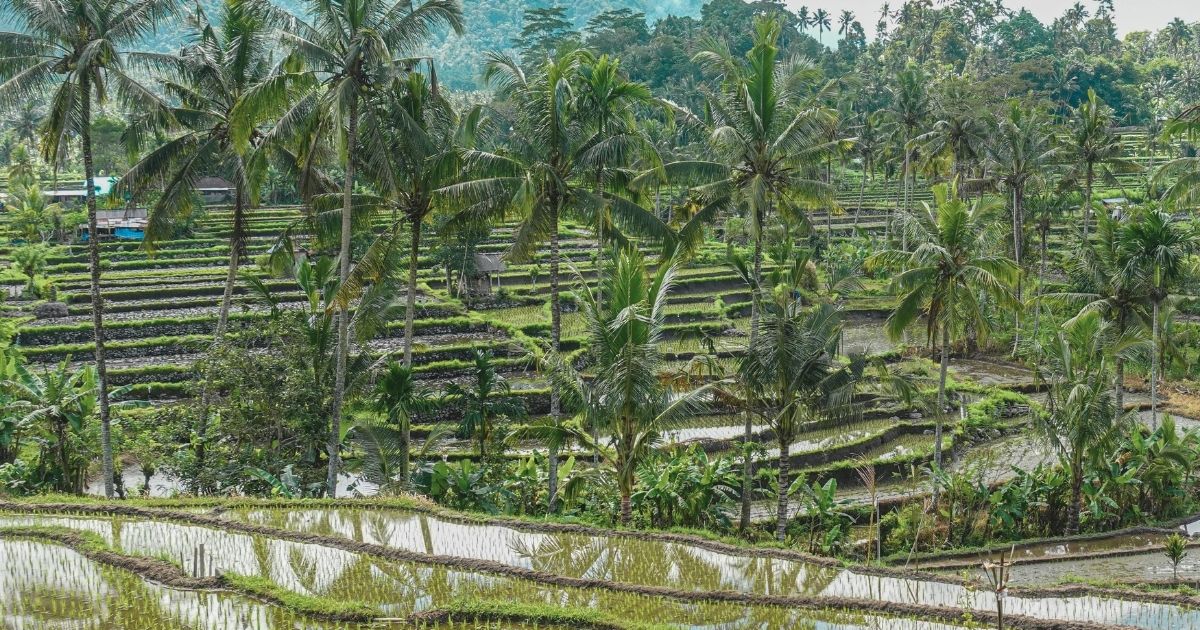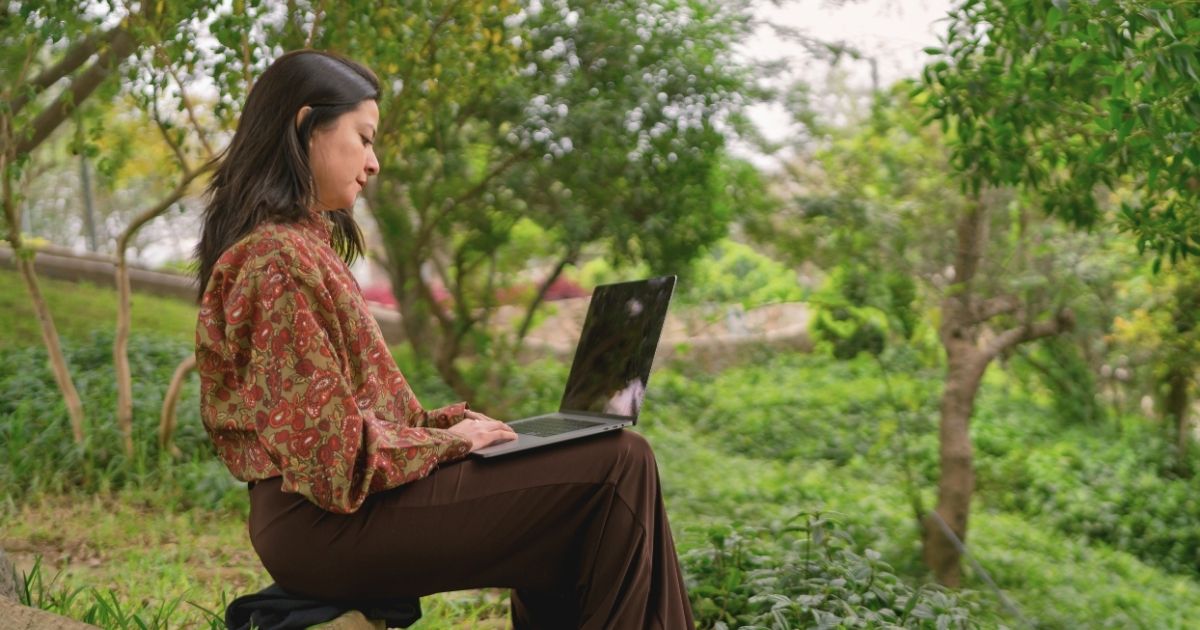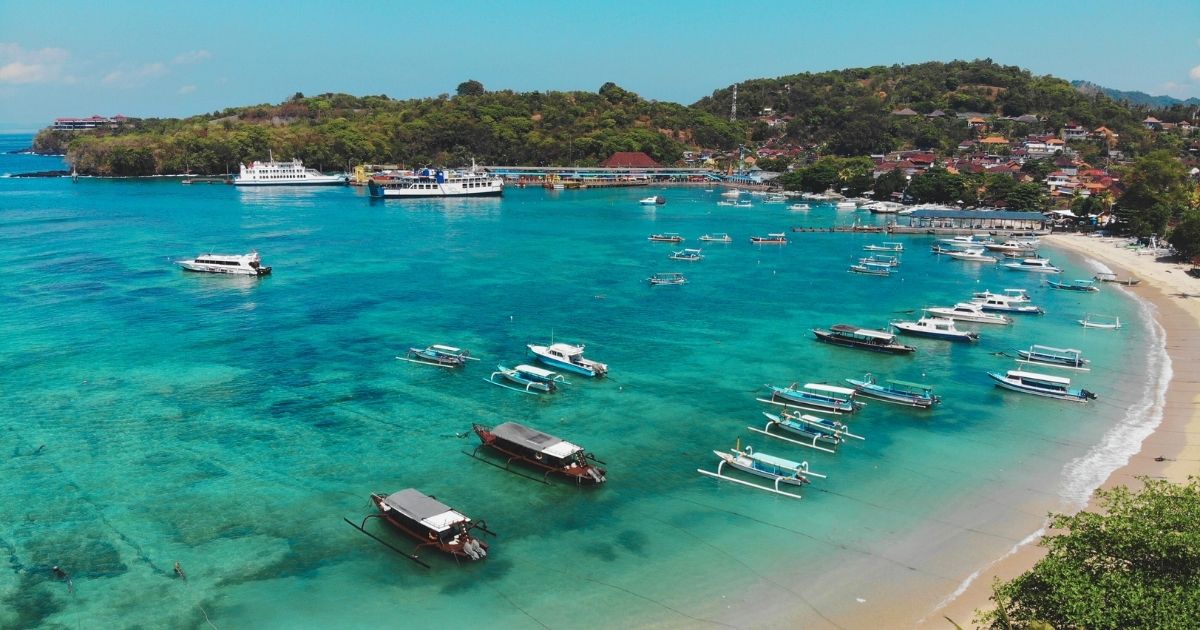Paradise has its price, and for Bali, that price comes with timing. While this Indonesian island paradise beckons travelers year-round with its stunning temples, pristine beaches, and vibrant culture, certain periods can transform your dream getaway into a challenging ordeal. Understanding the worst time to travel to Bali is crucial for anyone planning to visit this tropical destination.
From torrential downpours that flood streets to overcrowded attractions and astronomical prices, the worst time to travel to Bali encompasses several distinct periods throughout the year. Whether you’re a budget-conscious backpacker, a digital nomad seeking work-life balance, or a family planning that once-in-a-lifetime vacation, knowing when to avoid Bali can save you thousands of dollars and potentially ruined travel plans. This comprehensive guide reveals exactly which months constitute the worst time to travel to Bali and provides practical strategies for those who must visit during challenging periods.
January through March: peak rainy season chaos
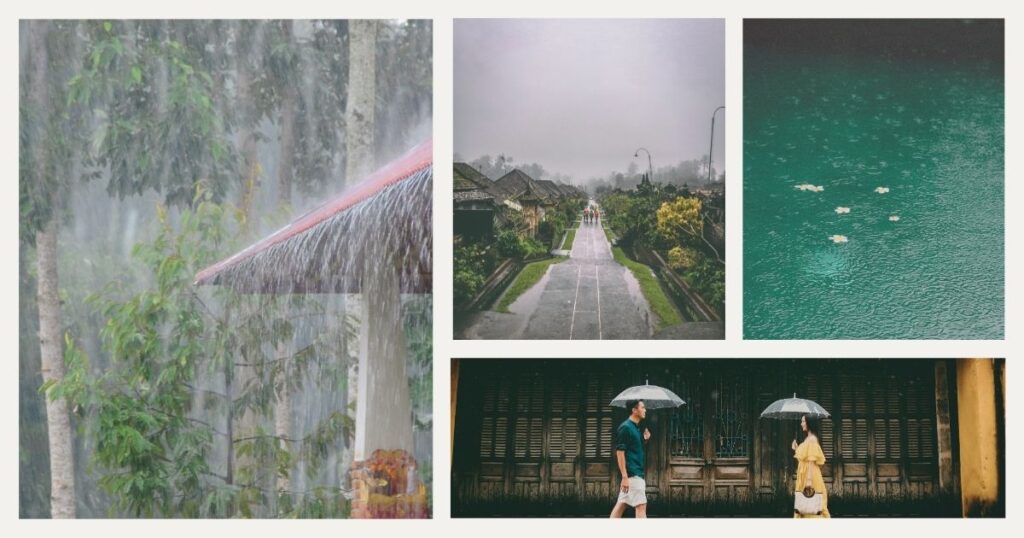
The absolute worst time to travel to Bali falls during the peak rainy season, specifically January through March. These months represent the island’s wettest period, with January typically receiving over 300mm of precipitation and averaging 22 rainy days. The combination of extreme humidity, daily downpours, and oppressive heat creates conditions that challenge even experienced tropical travelers.
Weather-related disruptions
January stands out as particularly problematic, with dramatic afternoon downpours that can transform roads into rivers within minutes. The rainfall isn’t just frequent—it’s intense, often lasting several hours and completely disrupting outdoor activities. Temperature and humidity levels remain uncomfortably high throughout these months, with little relief even during nighttime.
The weather creates cascading problems beyond simple discomfort. Internet connectivity becomes unreliable due to power outages, transportation networks face constant disruptions, and many outdoor attractions close temporarily due to safety concerns. For digital nomads or business travelers, these infrastructure challenges can severely impact productivity and professional commitments.
🌟 Pro tip: if you must travel during rainy season, choose accommodations with backup generators and strong Wi-Fi infrastructure. Many hotels experience frequent power outages during heavy storms.
Limited activities and transportation issues
The rainy season severely restricts activities that make Bali famous. Diving and snorkeling become nearly impossible due to poor underwater visibility and dangerous currents. Hiking trails turn treacherous with mud, while ferry services to nearby islands face regular cancellations due to rough seas.
Road conditions deteriorate rapidly during heavy rains, making motorbike travel dangerous and sometimes impossible. Flooding frequently blocks access to popular destinations, and even short journeys can become hours-long ordeals as traffic crawls through waterlogged streets.
💡 Did You Know? Bali’s drainage systems, particularly in tourist areas like Kuta and Seminyak, become overwhelmed during heavy rains, causing significant flooding that can trap visitors in their accommodations for hours or even days.
July and August: peak season overcrowding
While July and August offer Bali’s best weather conditions, these months represent the worst time to travel to Bali from a crowds and cost perspective. The island transforms into an overcrowded destination where infrastructure strains under the weight of international visitors, particularly Australian families escaping winter and European tourists enjoying summer holidays.
Infrastructure overload and traffic nightmares
Popular destinations become virtually unnavigable during peak season. The famous Canggu to Seminyak route, normally a 30-minute journey, can extend to several hours during peak times. Restaurant reservations become mandatory weeks in advance, beaches overflow with umbrellas, and even peaceful temple visits involve long waiting lines.
The overcrowding particularly impacts digital nomads and location-independent workers. Coworking spaces reach capacity quickly, popular cafes become too noisy for video conferences, and reliable internet becomes challenging as networks strain under increased usage from thousands of additional users.
Astronomical pricing and limited availability
Peak season pricing reaches extraordinary levels during July and August. Accommodation costs increase by 200-300% compared to low season rates, transforming budget-friendly guesthouses into expensive luxury options. Flight prices surge correspondingly, making last-minute travel changes prohibitively expensive.
The price inflation extends beyond accommodation and transportation. Restaurants implement peak season menus with inflated prices, activity providers charge premium rates, and even basic services like laundry command significantly higher fees. For budget travelers or those planning extended stays, these costs can completely derail financial planning.
🌟 Pro tip: if you must visit during peak season, book accommodations and flights at least 4-6 months in advance. Consider staying in less touristy areas like Sanur or East Bali to avoid the worst crowds and pricing.
December: holiday rush meets weather uncertainty

December presents a unique challenge that often makes it the single worst time to travel to Bali for many visitors. This month combines the beginning of rainy season weather patterns with holiday rush crowds and Christmas/New Year pricing, creating a perfect storm of travel complications.
Weather unpredictability during the holiday season
December marks the transition into the rainy season while simultaneously hosting some of the year’s largest tourist crowds. Holiday travelers arrive expecting warm, dry weather for Christmas celebrations, only to encounter increasingly frequent rain showers, rising humidity levels, and unpredictable weather patterns that can shift from sunny to stormy within hours.
This weather unpredictability becomes particularly frustrating for holiday travelers who have limited time and high expectations. Planned beach days get cancelled due to sudden storms, outdoor events face weather disruptions, and vacation photos become challenging as clear skies become increasingly rare.
Service quality deterioration
Bali’s infrastructure reaches breaking points during December’s holiday rush. Airport delays become commonplace as increased passenger volumes overwhelm processing capabilities. Hotel overbooking occurs frequently, leaving confirmed guests without rooms during the busiest travel period.
Service quality deteriorates across the island as businesses struggle to handle increased demand with limited staff availability—many Indonesian workers travel home for holiday celebrations. Restaurant service slows dramatically, and even basic services face significant delays.
💡 Did You Know? Many Balinese businesses reduce operating hours or close entirely during certain holiday periods to allow staff to celebrate with families, making December particularly challenging for travelers requiring specific services.
Impact on different traveler types
Understanding why specific months constitute the worst time to travel to Bali helps different types of travelers make informed decisions based on their unique needs, budgets, and expectations.
Budget travelers and digital nomads
For budget-conscious travelers, the worst time to travel to Bali directly correlates with pricing spikes during peak seasons. July, August, and December see accommodation costs that can consume entire monthly budgets in just a few nights. Dormitory beds increase from $8-12 to $25-40, while budget private rooms jump from $15-25 to $60-100 per night.
For digital nomads, peak season crowds overwhelm coworking spaces, forcing remote workers to compete for desks and reliable connections. Popular cafes become too noisy for video calls, and accommodation Wi-Fi often becomes unreliable due to increased usage. The rainy season presents different challenges, with frequent power outages disrupting work schedules.
Connectivity solutions during challenging periods
Staying connected becomes crucial during Bali’s most challenging travel periods. For travelers who need guaranteed connectivity regardless of local conditions, Holafly’s comprehensive Indonesia data packages provide dependable internet access that doesn’t rely on local infrastructure. This becomes particularly valuable during rainy season power outages or peak season network congestion.
Having backup connectivity options proves essential during the worst time to travel to Bali, ensuring you can maintain communication, handle booking changes, or continue working despite local infrastructure challenges.
🌟 Pro tip: digital nomads should avoid visiting during school holiday periods (July-August, December-January) when families with children fill coworking spaces and create noise levels incompatible with professional work requirements.
Alternative strategies for unavoidable travel
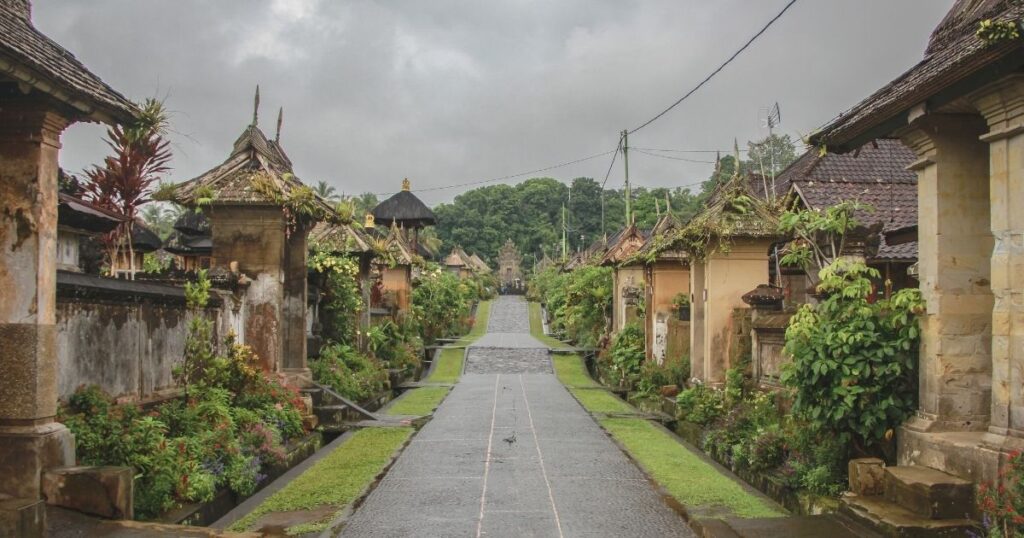
Sometimes, circumstances force travel during what would normally be considered the worst time to travel to Bali. However, strategic planning can minimize negative impacts and potentially salvage challenging timing.
Location and accommodation strategies
When forced to travel during problematic periods, location selection becomes crucial. During peak seasons, avoid the main tourist corridors of Kuta-Seminyak-Canggu, instead choosing quieter areas like Sanur, Amed, or East Bali, where crowds and prices remain more manageable.
For rainy season travel, choose accommodations in areas less prone to flooding, and ensure your lodging offers reliable backup power and internet connectivity. Properties in Ubud or other elevated areas often experience better drainage and fewer power outages during heavy storms.
Flexible planning and expectations
Successful travel during challenging periods requires significantly more flexibility than normal Bali visits. Build buffer days into your itinerary to account for weather delays or transportation disruptions. Book accommodations with flexible cancellation policies, and research alternative activities that remain viable during poor weather.
Adjust expectations when traveling during difficult periods. Indoor activities like cooking classes, spa treatments, and cultural workshops become more valuable during the rainy season. Museums, art galleries, and covered markets provide entertainment when outdoor activities become impossible.
💡 Did You Know? Some travelers prefer the less glamorous times to travel to Bali for authentic experiences—the rainy season offers lush landscapes, fewer crowds at indoor attractions, and significantly lower prices outside of December holiday periods.
Final thoughts
Recognizing the worst time to travel to Bali empowers travelers to make informed decisions that can dramatically impact their experience and budget. The challenging periods—rainy season’s weather disruptions from January through March, peak season’s crowds and costs during July and August, and December’s holiday chaos—each present unique obstacles that can transform dream vacations into stressful ordeals.
However, understanding these patterns also reveals opportunities for those who can time their visits strategically. Bali’s shoulder seasons (April-June and September-November) offer the perfect balance of favorable weather, manageable crowds, and reasonable prices.
Understanding when to avoid Bali is just one aspect of successful travel planning. For comprehensive guidance on optimizing your travel timing and budget management, explore Nomada’s guide to finding the cheapest destinations for digital nomads to discover strategies that help you travel more affordably, regardless of your chosen destination or timing constraints.
Your perfect Bali experience awaits with proper timing and realistic expectations—let Nomada help you plan your ideal tropical getaway 👉
Frequently asked questions
January combines the heaviest rainfall of the year (over 300mm) with extreme humidity and frequent flooding. The month averages 22 rainy days with intense afternoon downpours that can last for hours, making outdoor activities nearly impossible and causing significant transportation disruptions throughout the island.
July and August bring extreme overcrowding that makes popular areas virtually unnavigable. Accommodation prices increase 200-300%, restaurants require advance reservations, and infrastructure becomes overwhelmed. Traffic jams extend journey times by hours, and finding quiet spaces becomes nearly impossible.
December presents unique challenges by combining early rainy season weather with holiday crowds and inflated pricing. You get weather unpredictability AND overcrowding AND high costs simultaneously, making it potentially more frustrating than purely weather-focused challenges of January-March.
For the July-August peak season, book flights and accommodation at least 4-6 months in advance. December holiday travel requires even earlier booking—often 6-8 months ahead—due to limited availability and the highest demand of the year.
The rainy season offers lush green landscapes, fewer crowds at indoor attractions, and significantly lower prices outside of December. Some travelers prefer the more authentic experience when tourist numbers are lower, and cultural attractions become more accessible and intimate.
